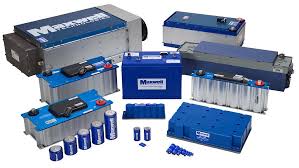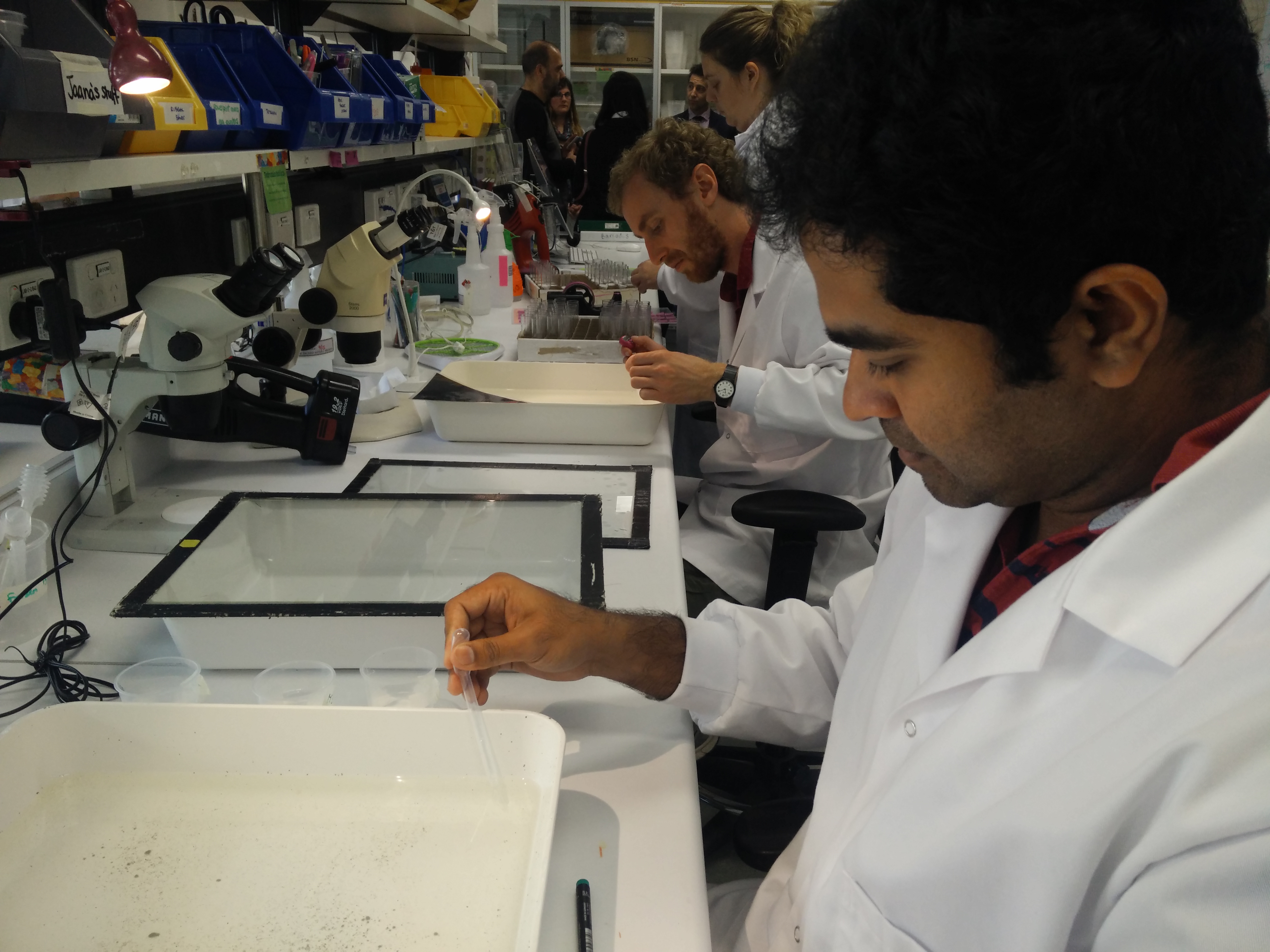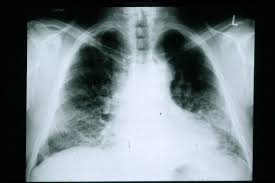Scientists at the India Institute of Technology,Kharagpur, have developed a new nanocomposite material suitable for making energy storage devices called super capacitors.
Unlike batteries, there is no electrochemical reaction in supercapacitors. They store energy by means of a static charge and can be charged instantly. That’s why they are most sought after for applications such as hybrid transportation systems. Micro-supercapacitors are used in wearable electronics.

“Based on its superior electrochemical properties, the new nanomaterial can be used for next generation supercapacitor electrode material,” say researchers.
Prepared by bringing together silver, graphene and pyrrole, the new composite has been shown to exhibit properties that could make it a good candidate for use as electrode for super capacitors. Based on its superior electrochemical properties, the new nanomaterial can be used for next generation supercapacitor electrode material, say researchers.
Batteries have long been used to store energy reliably. But they are not preferred when repeated bursts of power need to be stored or retrieved such as in cars, buses, trains, cranes, elevators and wind turbines, where they are used for regenerative braking or short-term energy storage or burst-mode power delivery. In such cases, super capacitors are preferred as they do not have chemical reactions and associated changes in volume.
Researchers Saptarshi Dhibar and Chapal Kumar Das examined the material microscopically and saw that the nanomaterial was made of a graphene sheet onto which silver nanoparticles sized 15 to 20 nanometers were embedded uniformly. The scientists attribute superior electrochemical properties of the new nanocomposite material to the presence of both silver and graphene which improves conductivity. The results of the study have been reported in a recent edition of Journal of Applied Polymer Science.
The material has been shown to have a high specific capacitance of 472 Farad per gram at a current density of 0.5 Amperes per gram. It could retain 95 per cent of its capacitance even after 1,000 consecutive charge-discharge cycles.
“Obtaining a capacity of 472 Farad per gram is good as per global standards. It is fascinating how incorporation of silver nanoparticles opens up possibility of making smart supercapacitors, where silver nanoparticles will produce light by a phenomenon called surface plasmonic emission and thus indicate how much charge is left in the supercapacitor,” pointed out Professor Vijayamohanan K Pillai, Director of Central Electrochemical Research Institute (CECRI), who was not connected with the study. (India Science Wire)



